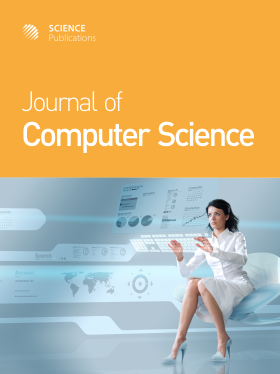Feasibility of Desktop Virtualization Per Software Services and Local Hardware Based on the Network Throughput
- 1 University of Pontifical Catholic, Brazil
Abstract
In recent years, virtualization computing has become a worldwide reality present in datacenters servers of most organizations. The motivations for the use of this solution are focused primarily on cost reduction and increases in availability, integrity and security of data. Based on these benefits, recently it was started the use of this technology for personal computers as well. That is, for desktops, giving birth to the so-called desktop virtualization. Given the technical advantages of the approach, its growth has been so significant that, before 2014, it is expected to be present in over 90% of organizations. However, this new method is completely based on a physical client-server architecture, which increases the importance of the communication network that makes this technique possible. Therefore, analyzing the network in order to investigate the effects according to the environment implemented becomes crucial. In this study it’s varied the local’s client hardware and the application, i.e., the service used. The purpose was to detail their effects on computer networks in a Quality of Service (QoS) parameter, throughput. Secondarily are outlined perceptions regarding the Quality of Experience (QoE)? This culminated in an assessment that traces the feasibility for applying this technology.
DOI: https://doi.org/10.3844/jcssp.2013.827.837

- 3,335 Views
- 3,774 Downloads
- 0 Citations
Download
Keywords
- Desktop Virtualization
- Computer Networks
- Quality of Service (QoS)
- Quality of Experience (QoE)
- Client-Server Architecture
- Thin Client
- Electric Energy Consumption
